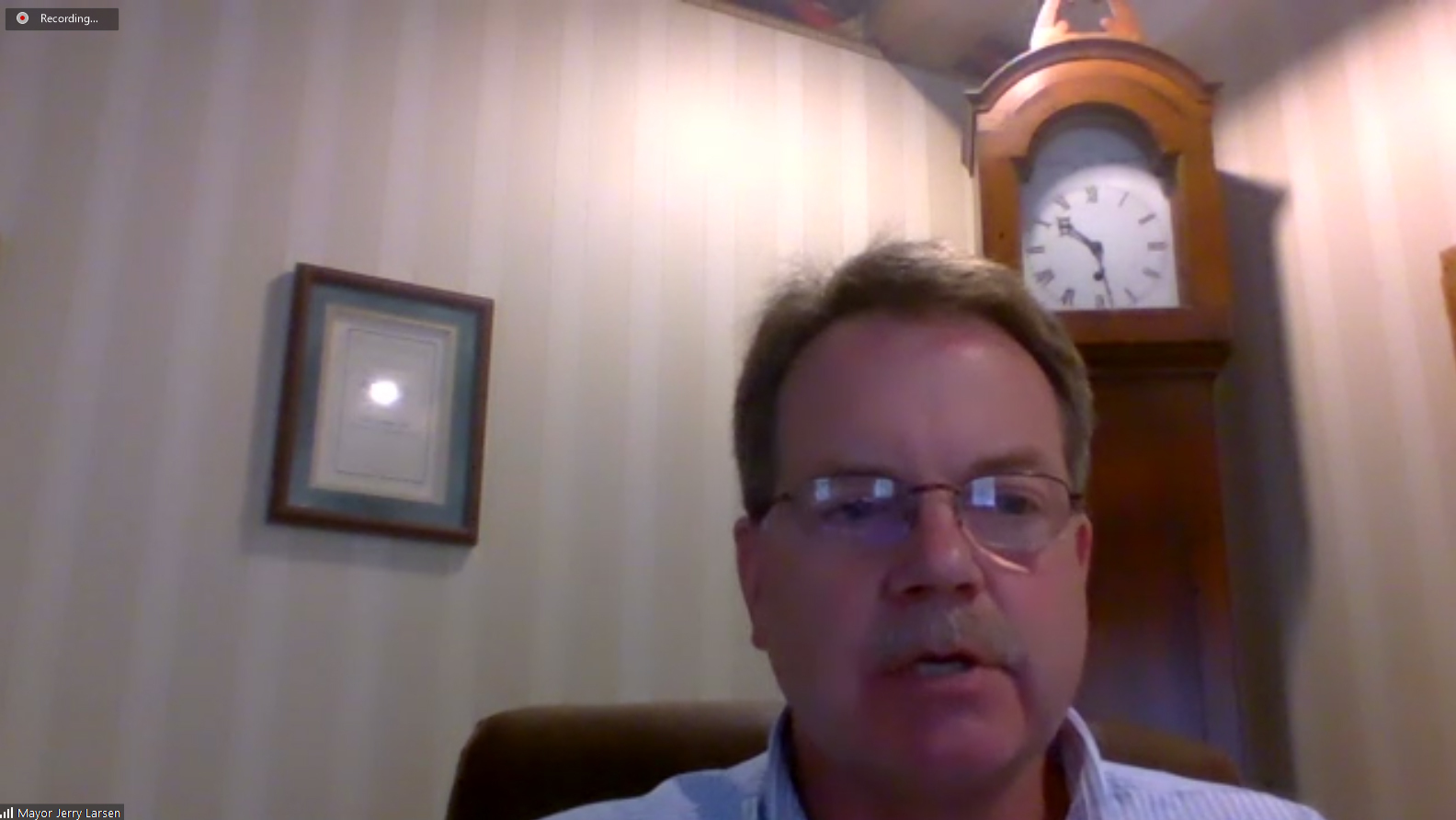
East Hampton Village officials heard no specific objections to a proposal that would partially roll back a 2015 prohibition on the size of basements in village homes at a public hearing on the proposal last week.
The proposal would allow basements to extend up to 25 percent more than the above-ground footprint of a house and to a depth of 15 feet below grade.
The law adopted in 2015 mirrored laws adopted by other villages intended to halt the construction of cavernous underground “lower levels” the sprawled well beyond the footprints allowed by zoning for the above-ground portions of homes.
Trustee Arthur Graham recalled when the law was adopted that his neighbor had been given a building permit to construct a basement that extended beyond the above-ground footprint of his home, but beneath a patio. Because the work had not begun when the new restriction was adopted, the plans were scrapped and fees already paid were not refunded. Mr. Graham said he was not in favor of the board’s actions then.
But Mr. Graham did express some concern that the law did not account sufficiently for the egresses from basements and could lead to a “less attractive walk-out situation.”
Trustee Chris Minardi said that he has heard from some who are in favor of the law because it would allow them room to put pool utility equipment in underground spaces, improving noise dampening, without losing what would otherwise be basement living space.
The lone criticism of the law itself came from a former village official who said he was in favor of the law in principle, but said that the restrictions it did retain were “punitive.”
Andrew Golstein, an attorney and former chairman of the village Zoning Board of Appeals, said that a clause in the new law that says the underground area of a basement that extends beyond the above-ground footprint will be countered toward the total allowable lot coverage for the property was unreasonable.
“That is not coverage as defined in the code,” he said. “It’s almost punitive, especially on small lots. I’m not sure what the rationale was.”
Another resident, Maureen Bluedorn, offered more general concerns about the Village Board’s recent rush of changes to the village’s zoning code, many of them allowing additional development on residential and commercial properties and many of them adopted with only minimal discussion or debate.
“I have been most concerned about the speed with which we’re enacting zoning changes,” Ms. Bluedorn said. “We’re moving very quickly with zoning changes that will expand the density of the village. Your new agenda is to attract business development even to the detriment of residents.”
Unlike with many of the recent code amendments forced through by Mayor Larsen, board members suggested some minor changes to the new basement code so the public hearing on the proposal was kept open for another month.
In other business, the village also introduced a new code change that would lift a restriction on the use of basements for storage only, allowing businesses to move office space underground as long as they can meet state fire safety codes.
The new code would only allow the basement to be used for purposes ancillary to the business and could not be used to expand the primary businesses space to another level. But offices or staff lounges could be moved to the basement, as long as there was safe egress, making more room for the main use in the storefront space.
Planning consultant Billy Hajek suggested that the allowance not be extended to office uses, so that a basement could not be used to expand the number of personnel working in a building, which would impact the need for parking spaces.
The proposal was generally well accepted by board members.
“We all know that retail is having a hard time — Amazon and on this online shopping,” Mayor Larsen said. “So to be able to free up a little more retail space on the main floor to remove an office, I could go a little way in helping them pay the rent.”